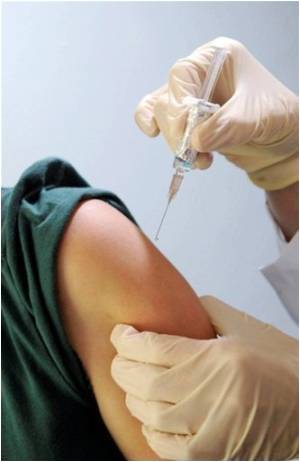Scientists have observed a natural resistance to rabies, which is widely considered fatal if not immediately treated, in a rare group of people in the Peruvian Amazon.

But the group showed "rabies virus-neutralizing antibodies," indicating for the first time that some people may develop an immune response that scientists could study in order to find new paths to treatment.
"The overwhelming majority of rabies exposures that proceed to infections are fatal," said lead author Amy Gilbert with the US Centers for Disease Control and Prevention's National Center for Emerging and Zoonotic Infectious Diseases.
"However, our results open the door to the idea that there may be some type of natural resistance or enhanced immune response in certain communities regularly exposed to the disease," she said.
"This means there may be ways to develop effective treatments that can save lives in areas where rabies remains a persistent cause of death."
The research was conducted in two remote communities, Trueno Cocha and Santa Marta, in the northern Peruvian Amazon, where fatal rabies infections caused by vampire bat bites are common.
Advertisement
The World Health Organization says more than 55,000 people die worldwide of rabies each year.
Advertisement
The incubation period for rabies ranges from one week to one year. Symptoms often begin with fever and a tingling feeling at the site of the wound, then progress to inflammation of the brain and spine.
Patients may die of brain hemorrhage, heart attack or total muscle paralysis.
Anyone who believes they may have been exposed to rabies is urged to immediately seek treatment with a series of shots that can ward off an active infection.
"We all still agree that nearly everyone who is found to be experiencing clinical symptoms of rabies dies," Gilbert said.
"But we may be missing cases from isolated high-risk areas where people are exposed to rabies virus and, for whatever reason, they don't develop disease."
Source-AFP










